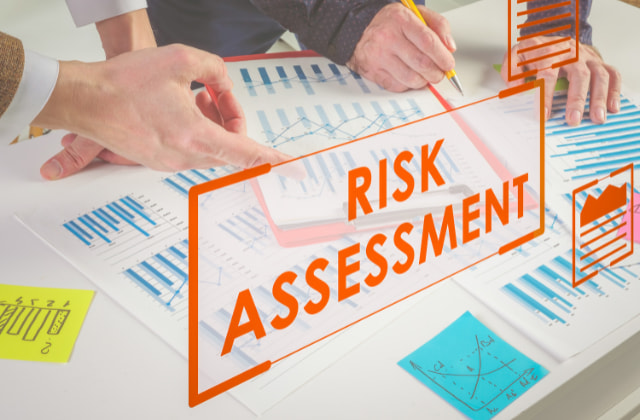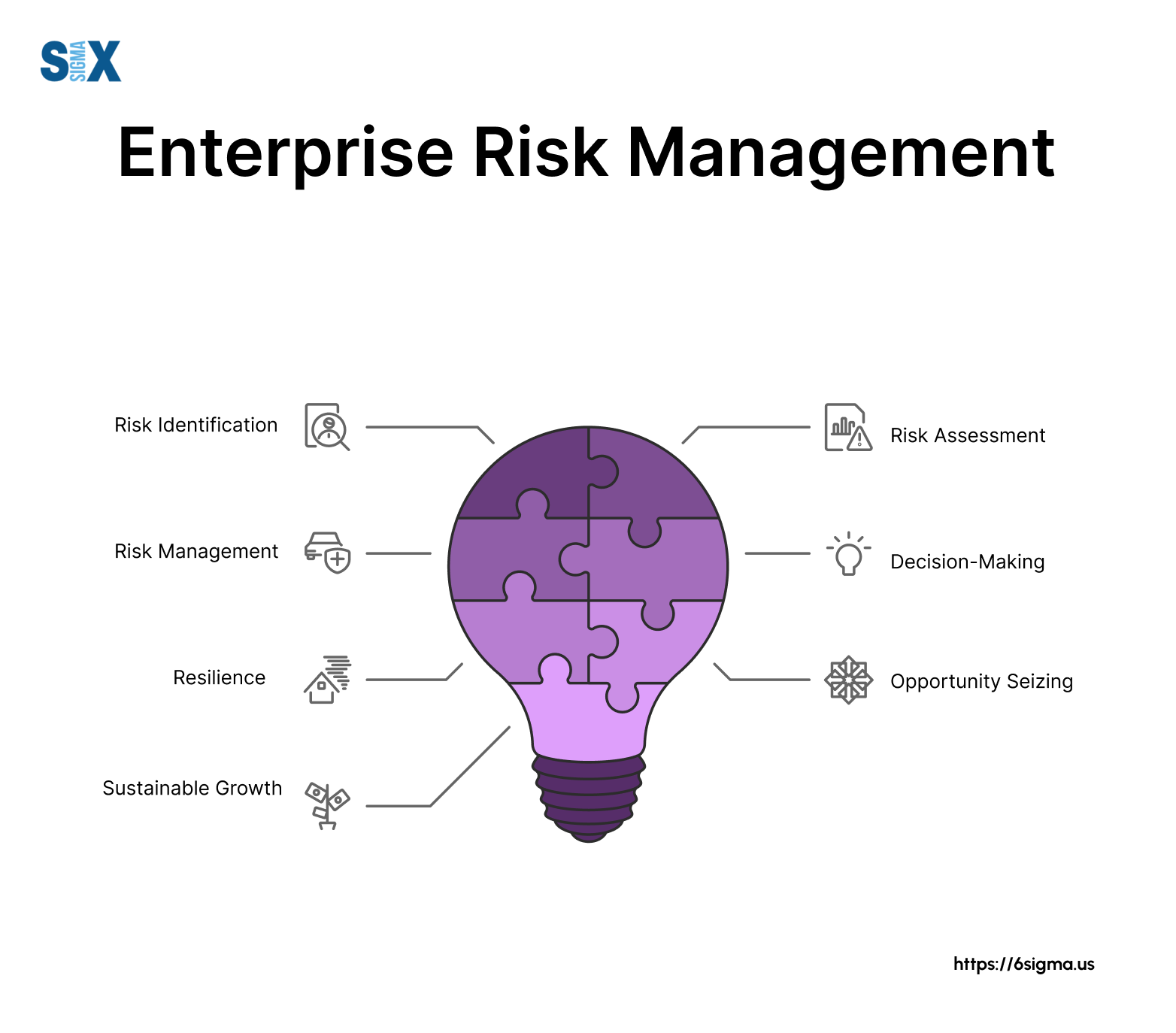Discovering the Significance of Risk Management for Effective Decision-Making Approaches
In the complex world of organization, Risk Management arises as an essential consider the decision-making procedure. The ability to determine possible risks and possibilities, and plan accordingly, can mean the difference between success and failing. With tools such as SWOT and PESTEL, organizations are furnished to make enlightened choices, promoting strength and adaptability in an ever-changing atmosphere. Wondering just how this functions? Let's unload the characteristics better.
Understanding the Principle of Risk Management
Risk Management, a crucial part in decision-making, is commonly misinterpreted or oversimplified. Risk Management entails structured and self-displined techniques, utilizing information and insightful analyses. From financial unpredictabilities, legal liabilities, calculated Management mistakes, to mishaps and natural calamities, it deals with various threats - importance of risk management.
The Function of Risk Management in Decision-Making Processes
In the world of critical planning and business procedures, Risk Management plays an integral duty in decision-making procedures. Risk Management hence becomes a vital device in decision-making, aiding leaders to make educated choices based on an extensive understanding of the risks entailed. Risk Management offers as an important component in the decision-making procedures of any type of organization.

Just How Risk Management Enhances Strategic Preparation
In the context of strategic preparation, Risk Management plays a crucial role. Initiating with the recognition of prospective dangers, it even more prolongs to the application of Risk mitigation actions. The duty of Risk Management is not fixed but dynamic, as it requires consistent surveillance and adjusting of strategies.
Determining Possible Threats

Implementing Risk Reduction
Having established the relevance of identifying prospective dangers, the following step is to check out Risk reduction. This process involves establishing and carrying out methods to take care of recognized threats properly. It is a crucial aspect of strategic planning as it boosts decision-making by decreasing possible adverse results. Risk mitigation strategies can range from Risk evasion, Risk transfer, to run the risk of reduction. Each strategy should be customized to the details Risk, considering its prospective influence and the company's Risk tolerance. Reliable Risk mitigation calls for a deep understanding of the Risk landscape and the potential influence of each Risk. This understanding allows organizations to focus on threats and allot sources effectively, making sure that one of the most substantial threats are dealt with first.
Tracking and Changing Methods
Though Risk reduction is a crucial action in calculated planning, continual tracking and adjustment of these strategies is equally important. This continuous process permits companies to determine new threats and reassess existing ones, making sure the executed strategies remain reliable in the ever-changing company environment. It additionally offers an opportunity to assess the success of the Risk Management steps, permitting changes to be made where required, additional boosting tactical planning. Reliable monitoring and adjustment need using analytics and vital performance indicators (KPIs) to measure efficiency. These devices provide valuable data-driven understandings that look what i found can educate critical decision-making. Tracking and changing Risk Management techniques is a vital element for enhancing an organization's durability and tactical planning.
Situation Studies: Successful Risk Management and Decision-Making
On the planet of service and money, effective Risk Management and decision-making frequently serve as the columns of prosperous enterprises. One such entity is a multinational oil company that alleviated monetary loss by hedging against varying oil rates. In an additional circumstances, a technology startup flourished by determining and approving risky, high-reward strategies in an unpredictable market. An international financial institution, confronted with regulative uncertainties, effectively navigated the situation through proactive Risk evaluation and dynamic decision-making. These cases highlight the worth of sharp Risk Management in decision-making procedures. It is not the lack of Risk, but the Management of it, that often distinguishes successful firms from not successful ones. These instances highlight the critical duty of Risk Management in tactical decision-making. importance of risk management.
Tools and Strategies for Efficient Risk Management
These devices, such as Risk signs up and warmth maps, help in identifying and assessing potential risks. Risk response strategies, a key component of Risk Management, entail approving, preventing, transferring, or mitigating dangers. With these methods and tools, decision-makers can navigate the facility landscape of Risk Management, consequently promoting educated and reliable decision-making.
Future Patterns in Risk Management and Decision-Making Techniques
As we check out the vast landscape of Risk Management, it comes to be More Info apparent that the devices and techniques used today will certainly continue to advance. The concept of Risk society, where every member of a company is mindful and involved in Risk Management, will certainly gain much more importance. These fads herald a more positive and comprehensive technique in the direction of Risk Management and decision-making.
Conclusion

Risk Management therefore comes to be an essential device web in decision-making, aiding leaders to make enlightened selections based on a thorough understanding of the dangers entailed. Risk mitigation approaches can vary from Risk avoidance, Risk transfer, to take the chance of decrease (importance of risk management). Efficient Risk reduction needs a deep understanding of the Risk landscape and the possible impact of each Risk. Risk response approaches, a crucial element of Risk Management, entail approving, avoiding, moving, or mitigating dangers. The concept of Risk culture, where every participant of an organization is mindful and included in Risk Management, will certainly get much more prominence
Comments on “How the Importance of Risk Management Shapes Strong Leadership”